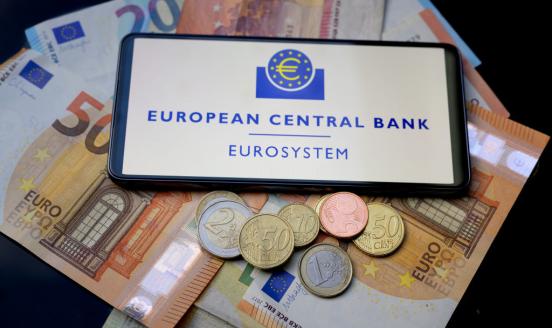Regulation in the era of matchmaking economics
New approaches and new tools are needed to prevent excessive concentration of economic power in the hands of a few matchmaking digital platforms that
The best characterisation I have heard of the economic role of digital platforms is that they are matchmakers. They serve two distinct types of customers in a given market: say, the traveller who wants to find a holiday house, and the host who has a house to let. These two distinct customers need the platform to find each other. And if there is a value in connecting, there is scope for the emergence of matchmakers.
And just as the art of matchmaking is not new, nor are such two-sided markets. But the digital era has brought greater complexity and bigger scale to matchmakers. Digital platforms typically connect many sides, not just two, giving rise to multi-sided markets. And as technological solutions can be scaled-up without big investment, digital platforms have become globally ubiquitous to meet a huge increase in the demand for connectivity. Think of how often you have used Google to search for something or booking.com to book holiday accommodation. Then you can understand how big some of these platforms have become.
And where there is scale there is power – possibly monopoly power. But whereas in single-sided markets the consumer feels the burden of monopoly through higher prices, this is not easy to establish in multi-sided markets. Regulating these platforms requires understanding the economics of digital matchmakers. This, in turn, requires going beyond the theory of the firm that we are taught in econ101.
Unlike traditional markets, markets with two sides have two main characteristics: they need both types of consumers in order to develop, and the different consumers are typically charged different prices. For the market to function, the matchmaker must not only identify the total price to be paid, but also decide how to distribute this price between the two sides.
Consider real estate agents, a classical two-sided market. The estate agent needs both buyers and sellers. Just one of the two will not do. And the buyer typically pays very little or nothing for accessing the estate agent’s services. The seller, by contrast, pays the bulk of the fee for the estate agent to make profit.
Carry this over to the digital economy of multi-sided platforms, where there are many sides to one market, all paying a different price that ensures each side’s participation. How does one establish excessive market power when there are multiple prices, some of which are zero or even negative?
Moreover, there is an added complication. All sides of the market benefit from large networks. I wouldn’t want to search for a holiday house on a platform that only has a few to offer. And similarly, hosts would not want to post their houses on small platforms. So, the possibility of higher prices needs to be carefully balanced against the benefit of scale. Identifying monopoly pricing is difficult even in single-sided antitrust cases. Doing so where each side is charged a different price to reflect different thresholds for participating in the market becomes very complex.
Regulation of digital platforms is only beginning to emerge. The European Commission has recently (in December 2020) come up with an initiative called the Digital Markets Act (DMA).
The ink has not yet dried on this legislative proposal, but an initial reading tells us that the Commission wants to do two simple things. The first one is to define scale in terms of both economic worth and actual numbers of users. By setting thresholds for these two variables, the Commission can then identify the “gatekeepers” – or in other words those ‘systemic matchmakers’ – that will need to be monitored. So, quite clearly, size is met with closer monitoring.
Beyond that, and in recognition of how difficult it is to establish excessive market power, the DMA is preventive in character. Rather than waiting to identify market power, it aims instead to constrain those platforms in the range of activities they can engage in, so that they do not become monopolies. For example, one constraint would be that Google, an identifiable big player, should not direct shopping queries to the Google Shopping platform, but should give equal access to all shopping platforms. This should limit how the big gatekeepers use their dominance in one activity to promote some of their other commercial activities. Such legislation is unlikely to become all-encompassing, but reflects the fact that standard economic tools that might serve traditional markets may not work for multi-sided markets.
As the economy becomes increasingly more digitalised, multi-sided markets will become more prevalent than traditional single-sided markets. In that case, matchmaking economics ought to be carefully studied alongside the traditional theory of the firm in econ101.





